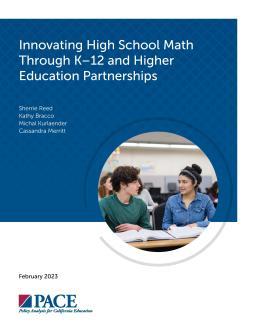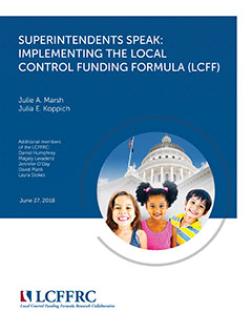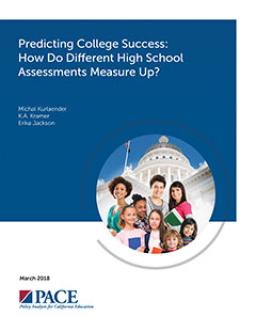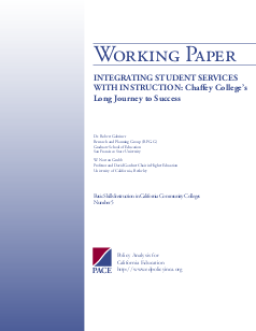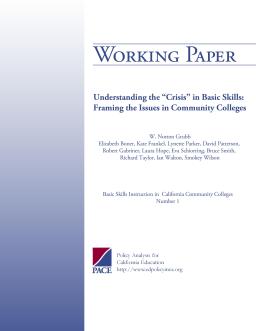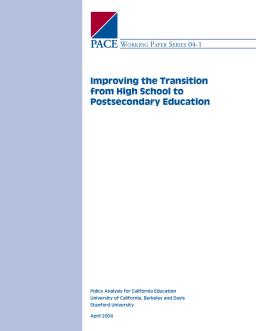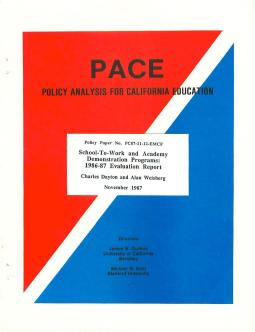Published
Summary
Access to and success in advanced math courses are not equal among high school students, with only about half of California seniors enrolling in these courses. To address this, six partnerships between university faculty and high school math specialists developed Advanced Innovative Math (AIM) courses. This report highlights the benefits of these partnerships and their common features of successful intersegmental partnerships, supplemented by case studies of each partnership.
Implementing the Local Control Funding Formula
Published
Summary
The Local Control Funding Formula (LCFF) provides base funding and grants for low-income students, English learners, and foster youth, and allows local school systems to allocate resources as they see fit. The LCFFRC conducted a survey of 350 California superintendents to understand their experiences with and views of the law. Results inform policymakers and indicate areas where changes may be needed. The survey sample included districts of varying sizes and proportions of unduplicated students.
How Do Different High School Assessments Measure Up?
Published
Summary
This report analyzes the predictive value of the Smarter Balanced Assessment, high school GPA, and SAT scores on early college outcomes for California State University and University of California, Davis students. The study examines differences among student subgroups, including race/ethnicity and socioeconomic disadvantage, and provides insights into how well the Smarter Balanced Assessment measures up to other commonly used assessments for predicting college success.
Chaffey College’s Long Journey to Success
Published
Summary
Chaffey College in California's Inland Empire is renowned for its "risk tolerant change-oriented culture" and impressive student support programs, which have led to exceptional outcomes for Chaffey students. In this working paper, researchers visited Chaffey and other California colleges to examine the quality of instruction in basic skills and the integration of student support services. Chaffey's success story highlights the importance of developing a broad structure necessary for success both in developmental education and for all students.
Framing the Issues in Community Colleges
Published
Summary
This paper series addresses the issue of basic skills instruction in California Community Colleges. The problem is twofold: a high proportion of students enter college needing developmental courses, and these students are unlikely to move into college-level work. The research focuses on instructional issues, with observations and interviews to understand classroom and institutional settings. The subsequent papers in the series will cover various hypotheses for why success rates in basic skill instruction are not higher.
Published
Summary
The Bridge Project, a study of K-16 issues, presents three papers on college transition. The first finds a widespread lack of knowledge about college requirements and readiness among California students and parents. The second analyzes how students receive vague signals about academic college readiness. The third provides an example of how to improve K-16 transition and send clearer academic standards signals. Policy implications include low or no-cost recommendations to address these issues.
1986–87 Evaluation Report
Published
Summary
The Edna McConnell Clark Foundation's School-to-Work and Academy Demonstration programs aim to help disadvantaged high school students transition to work. This evaluation covers the 1986-87 school year and includes a process component that describes each program, and an outcome component that tracks program and non-program students on retention, attendance, credits earned, courses failed, grade point averages, standardized test scores, and surveys. Seven cities were included, with programs varying in structure and age. Evaluation of student outcomes showed varying effects from site to site.
